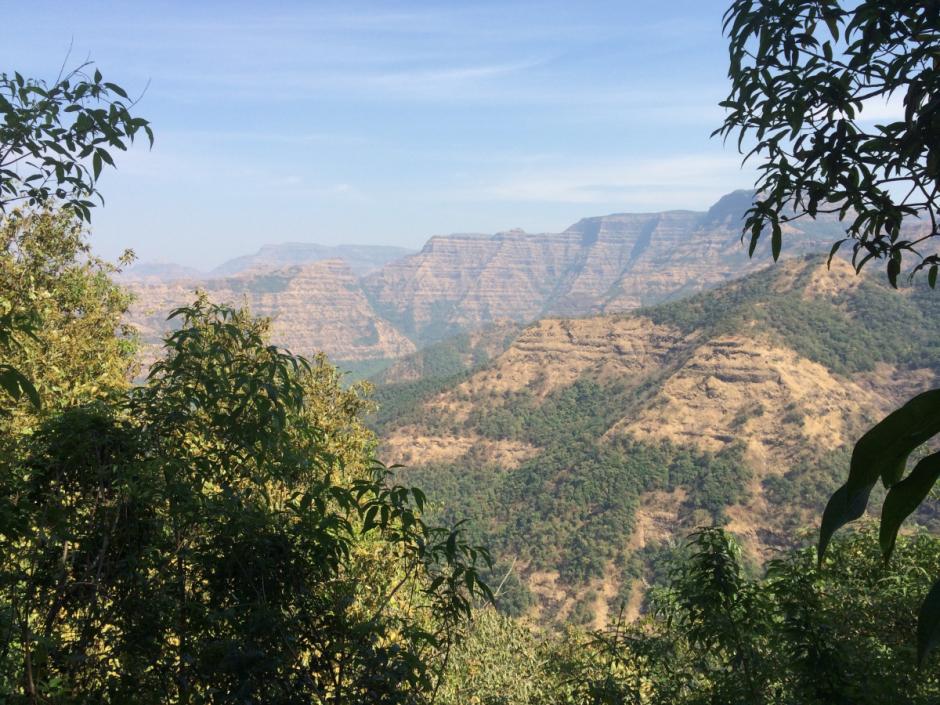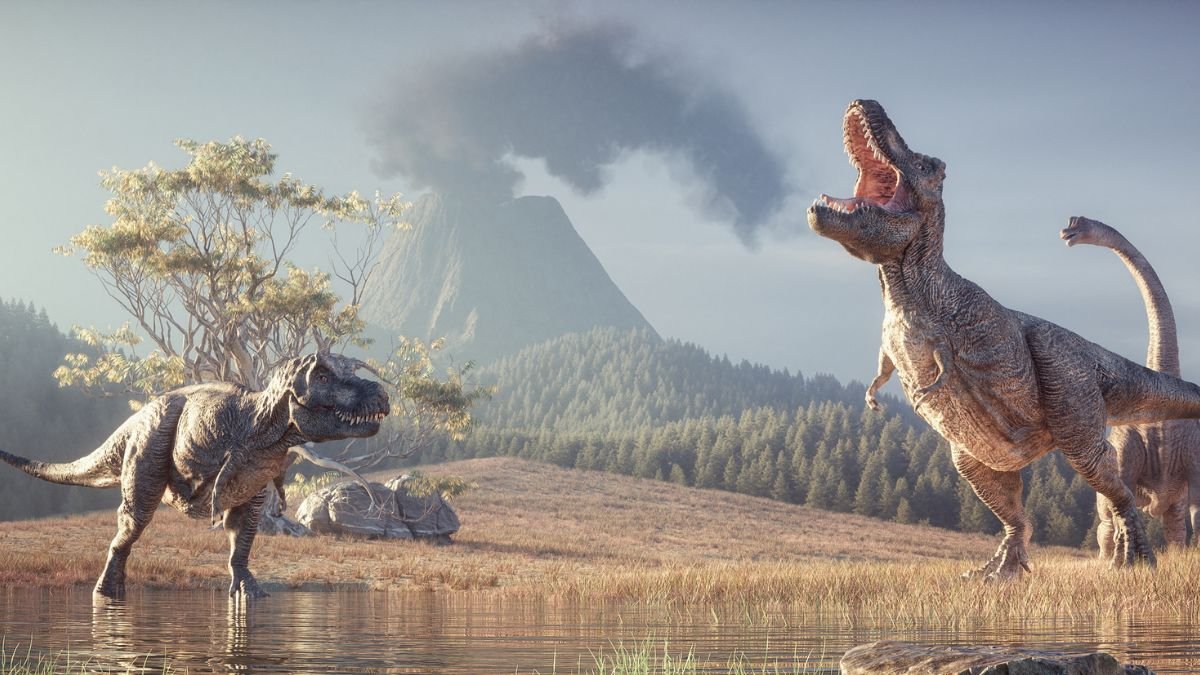A new study recently published in Science Advances, the journal of the American Association for the Advancement of Science, highlights another phenomenon: Occurred before the famous asteroid hit about 66 million years agoAs the possible real culprit for the mass extinction of dinosaurs at the end of the Cretaceous period.
The primitive world was not a Garden of Eden, triggering major environmental changes that began in the Late Cretaceous, according to an international team of researchers. “One of the most notorious biotic crises in Earth history, leading to the extinction of non-avian dinosaurs and the extinction of up to 60% of marine species.”says the research.
In fact, the authors note that the main drivers of the extinction of some life on Earth were two events: in addition to the famous asteroid impacts that left their mark on the Chicxulub crater in Mexico, also volcanic activity in India called the Deccan Traps. The current study focuses on the latter, providing estimates of the sulfur and fluorine contents of volcano lavas.
Measuring fluoride and sulfur that triggered mass extinction
Estimating sulfur and fluoride emissions involves a complex combination of chemistry and experiments and is akin to cooking pasta, says co-author Don Baker of McGill University in Montreal, Canada. “Imagine making pasta at home. You boil the water, add the salt and then the pasta. Some of the salt from the water goes into the dough, but not much,” explains the professor.
The authors also measured the concentration of elements trapped in minerals that cooled after volcanic eruptions, in the same way they calculate the salt trapped in pasta water.
“The Stage is Being Set” for the Extinction of Dinosaurs

Models noted the degassing of sulfur released during volcanic eruptions in the Deccan Traps.may have caused sustained, short-term declines in global temperature. To give you an idea of the magnitude of these events, the study states that one million cubic kilometers of molten rock were released from the region.
The researchers explained that this highly concentrated sulfur-containing lava formation between the Thakurwadi and Bushe regions coincides with the cold climate of the Cretaceous. “Our research shows that climate conditions were almost certainly unstable, with repeated volcanic winters likely lasting decades before the dinosaurs went extinct,” says Baker.
This instability has made life very difficult for absolutely all animal and plant species. and “set the stage” for the extinction of the dinosaurs, say the authors. In this sense, Baker concludes, the results of the new study help “explain this major extinction event that led to the emergence of mammals and the evolution of our species.”
Stay up to date with the latest scientific studies at TecMundo. If you wish, take the opportunity to learn how scientists named dinosaurs.
Source: Tec Mundo
I’m Blaine Morgan, an experienced journalist and writer with over 8 years of experience in the tech industry. My expertise lies in writing about technology news and trends, covering everything from cutting-edge gadgets to emerging software developments. I’ve written for several leading publications including Gadget Onus where I am an author.












